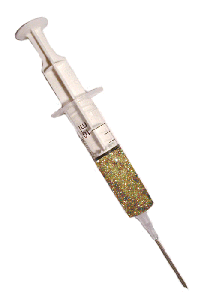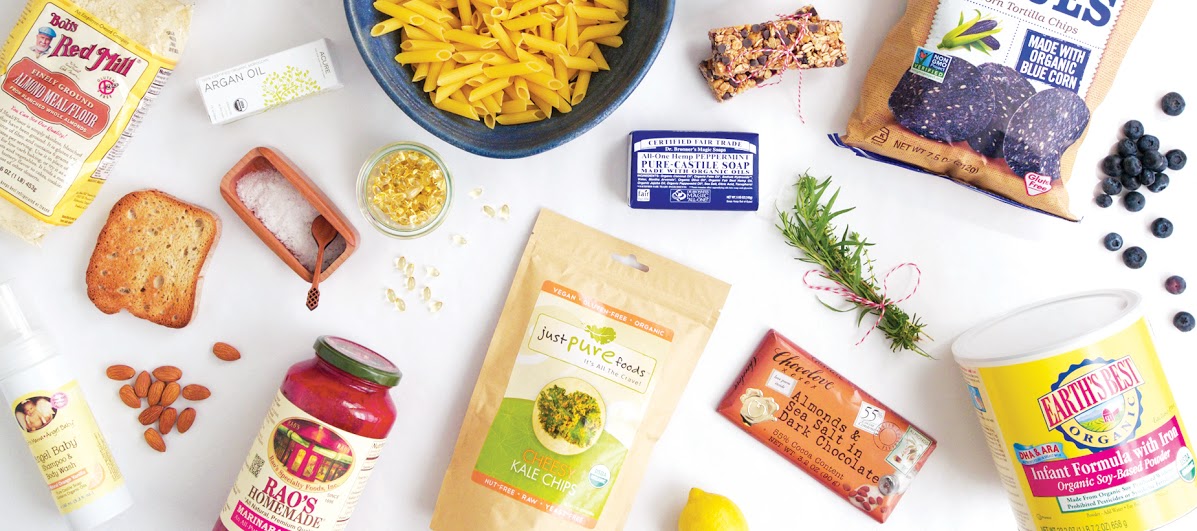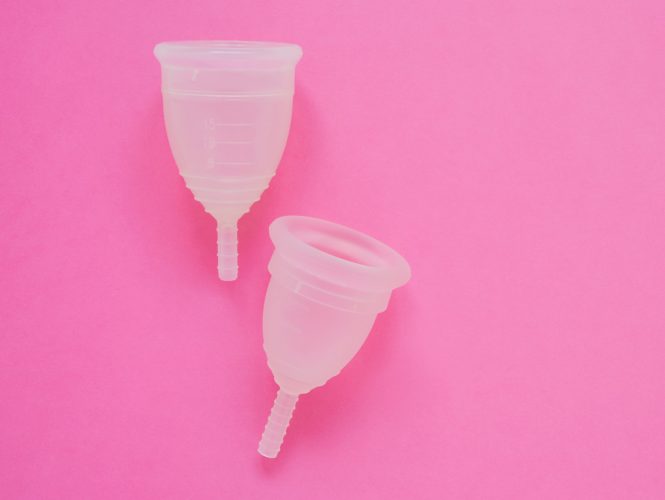September 26th marks eight years since I was diagnosed with Type 1 diabetes. In honor of my diaversary, I will be sharing a series of blog posts prior to that day. These posts will be personal, emotional, sarcastic…and lengthy. But most of all, I hope they will be informative.
Please give these posts a read and comment if you have any questions! If I can educate just one person about this disease, it will have been worth annoying the rest of you. Thanks for reading!
xo,
Haley
Let’s get the sciencey stuff out of the way:
Type 1 diabetes, formerly known as Juvenile Diabetes, is when the body does not produce insulin. Insulin is a hormone that is needed in order to convert food into the energy that is needed to survive.
It is an autoimmune disease, meaning that the body literally attacks itself. The immune system attacks the insulin-producing cells in the pancreas.
There is no cure for Type 1 diabetes. There is nothing that can be done to prevent it, either. Type 1 diabetics are born with the gene inside of them, and something along the way triggers the immune attack. It is believed that the gene is triggered by environmental factors such as viruses or toxins. However, the specific cause has not yet been determined.
Type 1 diabetics must inject synthetic human insulin under the skin. In my case, I inject insulin an average of six times per day – a long-lasting insulin in the morning and at night to keep me relatively stable, and a fast-acting insulin each time I consume food or a drink with carbohydrates. I also test my blood sugar with a prick of my finger about six times a day.
Insulin lowers blood sugar, which is naturally high in Type 1 diabetics.
However, we must balance out that insulin with food. Food raises the blood sugar.
Finding the right balance between insulin and food is like walking a tightrope with a blindfold on. I could do the exact same thing every single day, eat the exact same foods at the exact same times, inject the same amount of insulin, and still see a different result.
There are also about a bazillion and one (totally scientific estimate) other factors that influence blood sugar. That’s the thing – it’s not just about food and insulin.
Some factors that affect my blood sugar include: exercise, stress, my period, allergies, a cold, other medicines, my mood, too little sleep, too much sleep, alcohol, caffeine, the heat, a shower, excitement, shopping (more on that another time), an injury…in the interest of time, I’ll stop here.
Extremely high or extremely low blood sugar can lead to coma or death.
Now for some math:
You know how you joked in school that you’d never use math again? Foot, meet mouth. Diabetics have to follow an algorithm to determine how many units of insulin to inject. Every diabetic has a different one. Here’s mine:
Breakfast: 42 Carbs
Lunch: 35 Carbs
Dinner: 67 Carbs
Bedtime snack: 30 Carbs
Upon diagnosis, I started with a base amount of insulin for each of those meals. I’m on a sliding scale, which means that I must adjust those base amounts every so often, by trial and error. Again, there are so many factors going on in my body – one month certain numbers may work, and then they suddenly may not.
For each additional 15 carbohydrates consumed, I do an extra unit of insulin. For each 15 less carbs, one less unit.
Certain foods don’t like to follow my rules, though. Chinese food, for example, wreaks absolute havoc on my blood sugar, no matter how much extra insulin I do. Fats like cream cheese don’t have carbs, but they cause some sort of weird reaction that raises my blood sugar anyway.
And finally, the not-so-fun facts:
- 1.25 million Americans are living with T1D
- 40,000 people are diagnosed each year in the U.S.
- Between 2001 and 2009, there was a 21% increase in the prevalence of T1D in people under age 20
- $14 billion is the T1D-associated annual healthcare cost in the U.S.
- Less than 1/3 of people with T1D in the U.S. are achieving target blood glucose level
- T1D is associated with an estimated loss of life expectancy of 13 years
- The risk of death for people with diabetes is double that of non-diabetics of the same age
- Diabetes is the leading cause of kidney failure, non-traumatic lower-limb amputation, and new cases of blindness among adults in the U.S.
- Two-thirds of diabetics will die of heart disease or stroke
- 60-70% of people with diabetes experience nervous system damage
- Healthcare costs for children with diabetes are six times higher than those of non-diabetic children
- Since Type 1 diabetes is an autoimmune disease, diabetics are often plagued with several autoimmune diseases at once
- People with diabetes are 50% more likely to suffer from depression than people without diabetes
- Diabetes causes more deaths per year than AIDS and breast cancer combined
Don’t you feel smarter already? Check in tomorrow for Part 2 of this series! You will be quizzed. (JK.)






5 Comments
Haley, very informative! I am very proud of how well you handle this disease! Hopefully a cure will be found very soon….I pray for that every night! Love you, Dad
Thanks Dad, love you!